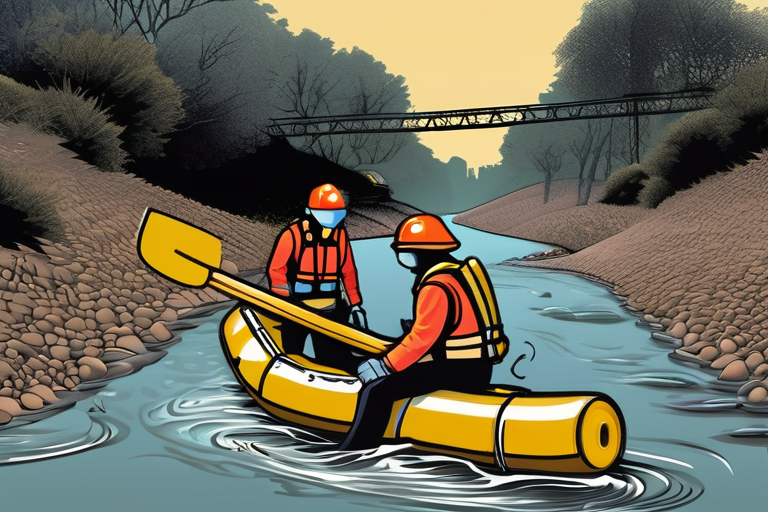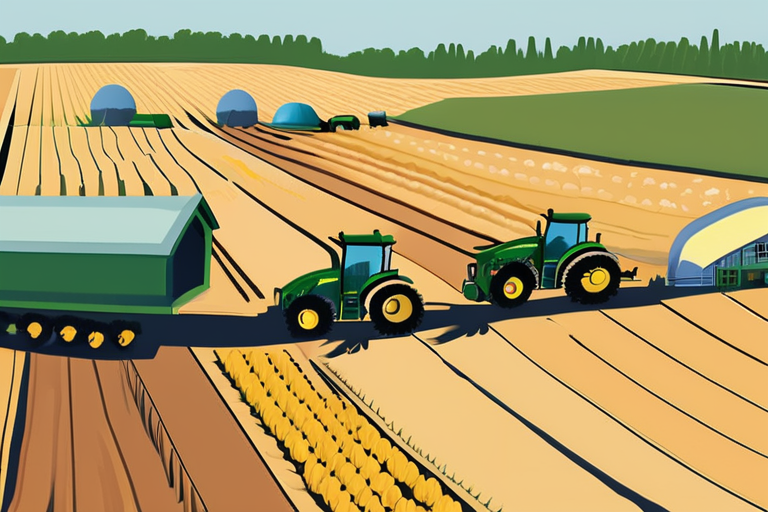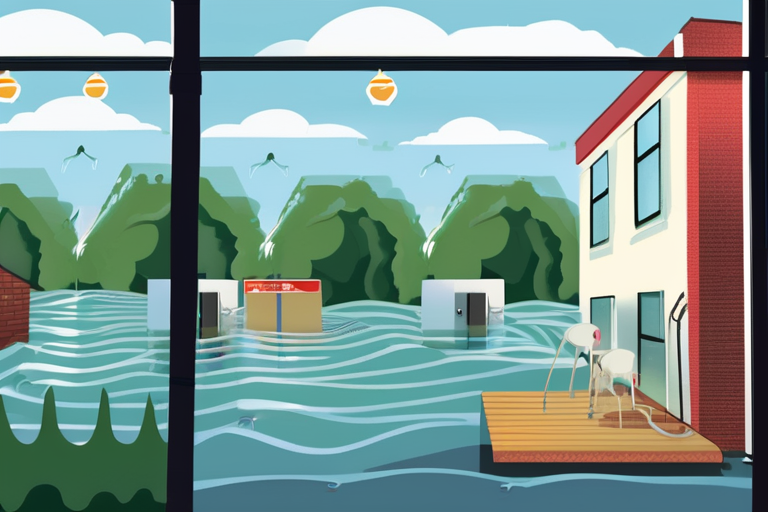Mississippi River Water Levels Drop: Grain Prices May Suffer at Harvest
The Mississippi River Basin is facing a critical situation as the river's water levels continue to decline, threatening to restrict barge traffic and potentially disrupt grain exports. According to Jon Davis, Chief Meteorologist at Everstream Analytics, the river's level has dropped rapidly over the past few days, prompting concerns about the impact on agricultural supply chains.
As of October 3, 2025, the water level at Cairo, Illinois, a critical gauge point, had reached the "Low Level" mark. Davis warned that restrictions on barge traffic are imminent and will likely occur during the second week of October. The decline in river levels is moving downstream, affecting navigation on the Mississippi River.
The drop in water levels is attributed to a combination of factors, including drought conditions and reduced rainfall in the region. "We're seeing a perfect storm of low precipitation and high evaporation rates," said Davis. "This has led to a significant decrease in river levels, making it challenging for barges to navigate."
The Mississippi River is a vital transportation route for grain exports, with millions of tons of corn, soybeans, and other crops transported annually. A disruption in barge traffic could lead to increased costs and delays, ultimately affecting grain prices at harvest.
Everstream Analytics provides supply chain risk management solutions, and Davis's analysis highlights the importance of monitoring water levels and weather patterns to mitigate potential disruptions. "By tracking these factors, we can identify areas of high risk and take proactive measures to minimize the impact on supply chains," he explained.
The Mississippi River Basin is a critical region for agricultural production, with many farmers relying on barge traffic to transport their crops. A disruption in this process could have far-reaching consequences, affecting not only grain prices but also the livelihoods of those involved in the industry.
As the situation unfolds, stakeholders are closely monitoring water levels and weather forecasts. The U.S. Army Corps of Engineers is working with local authorities to implement measures to mitigate the impact on barge traffic. "We're doing everything we can to ensure safe navigation while minimizing disruptions to grain exports," said a spokesperson for the U.S. Army Corps of Engineers.
The situation serves as a reminder of the importance of monitoring and managing supply chain risks, particularly in critical sectors like agriculture. As Davis noted, "By leveraging data analytics and predictive modeling, we can better anticipate and prepare for potential disruptions, ultimately benefiting farmers, traders, and consumers alike."
As the second week of October approaches, attention will remain focused on the Mississippi River Basin, where water levels continue to decline. The implications of this situation are far-reaching, with potential consequences extending beyond grain prices to affect the broader agricultural industry.
Background:
The Mississippi River is a vital transportation route for grain exports, with millions of tons of corn, soybeans, and other crops transported annually. A disruption in barge traffic could lead to increased costs and delays, ultimately affecting grain prices at harvest.
Additional Perspectives:
The U.S. Department of Agriculture (USDA) has issued a statement urging farmers and traders to prepare for potential disruptions to grain exports.
Industry experts are calling for increased investment in infrastructure and technology to improve navigation and reduce the risk of supply chain disruptions.
Current Status and Next Developments:
As of October 3, 2025, water levels at Cairo, Illinois, had reached the "Low Level" mark. Restrictions on barge traffic are imminent, with potential impacts on grain exports expected during the second week of October. Stakeholders are closely monitoring water levels and weather forecasts, working to implement measures to mitigate disruptions.
Sources:
Everstream Analytics
U.S. Army Corps of Engineers
U.S. Department of Agriculture (USDA)
Industry experts and stakeholders
*Reporting by Forbes.*



 Hoppi
Hoppi

 Hoppi
Hoppi

 Hoppi
Hoppi

 Hoppi
Hoppi

 Hoppi
Hoppi

 Hoppi
Hoppi











